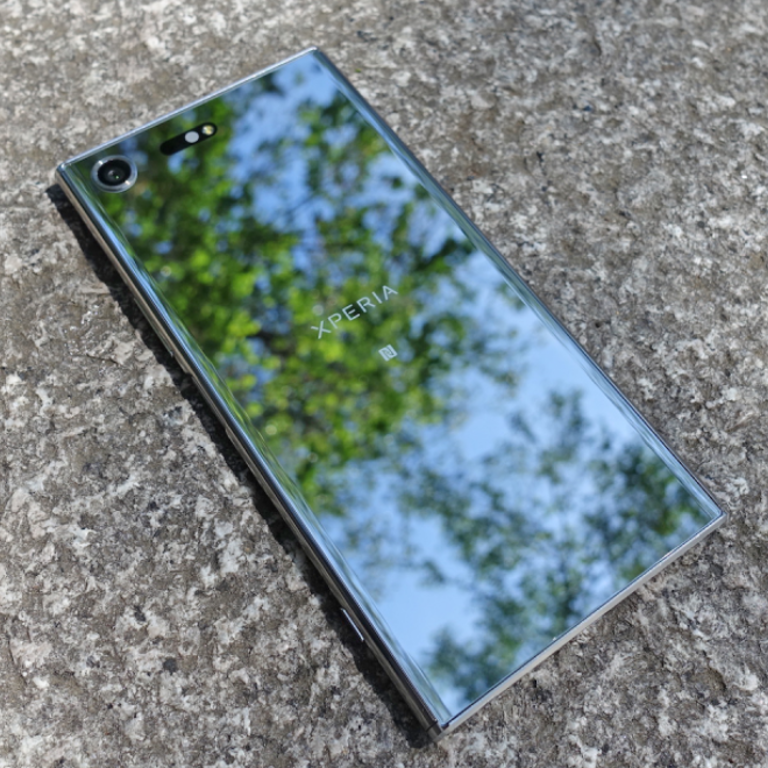Sony made an US$800 phone with extravagant features you won’t find in any iPhone or Samsung

Sony has come to grips with the fact that you’re probably not going to buy its smartphones. Now it’s trying to keep that up by focusing on expensive devices
Sony has come to grips with the fact that you’re probably not going to buy its smartphones.
The Japanese giant has steadily stripped down its Xperia line of phones over the past few years, effectively conceding that its dreams of reaching Apple and Samsung are over. But Sony has brought its mobile business back to profitability in the process.
The company is now trying to keep that going by mainly selling expensive devices, the kind guaranteed to bring some sort of return, that bank on standing out to reel people in.
And so we have the Xperia XZ Premium, Sony’s latest top-of-the-line phone, which feels like an experiment in excess. An ultra-sharp 4K display? Sure. With HDR support? Of course. A camera mode that shoots at an absurdly slow 960 frames per second? Now we’re talking. High-res audio support, a 19-megapixel camera, gigabit LTE, a chrome finish? Why not! And priced all at US$800? Whatever!
I can respect Sony for taking the “premium” thing seriously; if you’re shelling out a ton for a new gadget, it’s good for that gadget to be differentiated. The Xperia XZ Premium is that, technically. But not all of its indulgences are practical, and some of its fundamentals fall short. Here’s what I mean:
The Xperia XZ Premium is classic Sony design, but I’m conflicted about it. On one hand, Sony has been recycling this boxy rectangular look, with its hard angles and rounded sides, for half a decade. Compared to the new-age designs from Samsung or LG, the Xperia XZ Premium is a dinosaur. The borders around its screen are massive, making the phone nigh-impossible to use with one hand, and the whole thing is fairly heavy (195g).

At the same time, it’s clear the Xperia XZ Premium is more concerned with being distinct than chasing trends. Part of me likes that. Its borders are huge, but they’re perfectly symmetrical. The brushed metal on the phone’s top and bottom is chilly and solid. The chrome finish on my test unit is like looking into a mirror. It’s all fused together tightly. Put together, it’s like holding a cut of glass. Everything about the phone contributes to that aesthetic.

The problem is that it doesn’t feel as nice as it looks. Apart from the difficulty of actually holding it, its sides are made of a warm, glossy plastic that comes off as too cheap for an US$800 device. The glass back is smooth, but perpetually slippery; put it on anything other than a flat surface and it’ll fall to the floor. It’s also an immense fingerprint magnet. It takes effort to make the phone look its best.